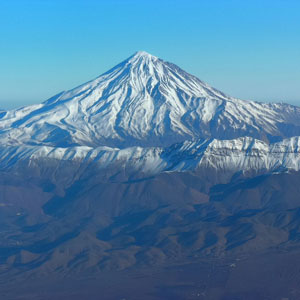 Signin with Google
Signin with Google Signin with Facebook
Signin with Facebook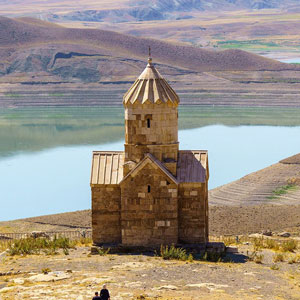
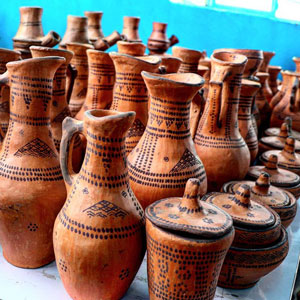
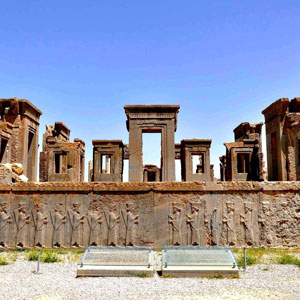 Places,Culture,History
Places,Culture,HistoryPersian garden, the Garden of Gods
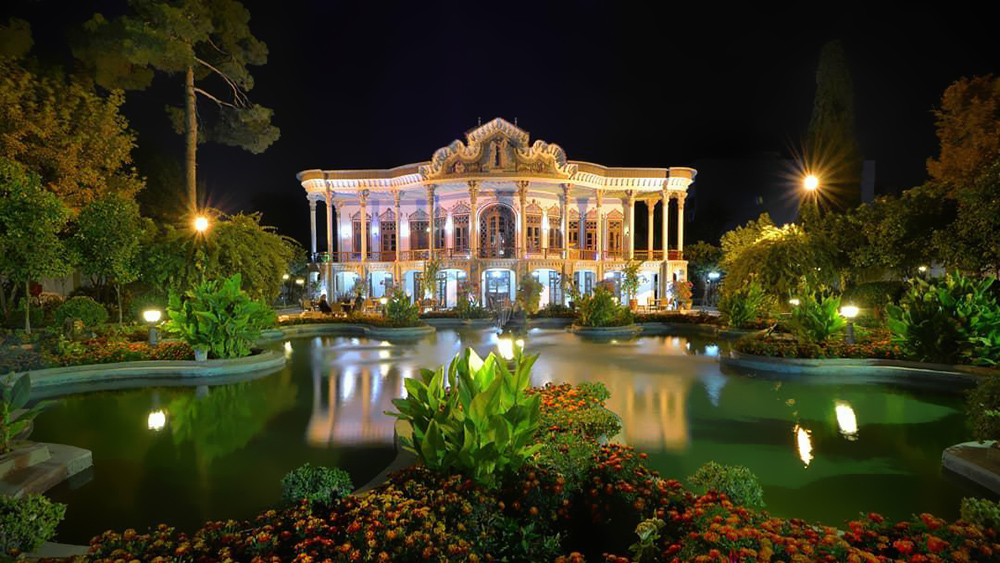
The gate to the Garden of Gods
“Why have you travelled so distant a journey? Why have you come here to me, over rivers whose crossing is treacherous! Tell me the reason for your coming," asked the guard. Before Gilgamesh, no man asked the two scorpion monsters, guarding the gate of the sun, to open the gate. The mountain gigantically stood over the sky, there, at the end of the earth. No one ever entered the tunnel into the mountain, the heart of which was oppressed by darkness. Yet Gilgamesh wanted to learn the secret of eternal life, he had passed the cedar forest and was in search of the only one who had found everlasting life.
What did the Garden of Gods look like?
Gilgamesh followed the road into the darkness. There was no light. He could see nothing behind and nothing ahead. He was exhausted and starving and devastated and dazed, feeling overwhelmingly disappointed. Suddenly he felt the north wind on his skin. The dawn light appeared. As the sun streamed out, he found himself in the middle of a lush, verdant garden the trees of which bear gems and the ground covered with emeralds. He was dazzled by looking at that beautifully haunting attractiveness. All around him was green bushes, flowers of lazuli and pearls and the shining golden rays of the sun. He could hear the fowls singing cheerfully and smell the scent of buds blossoming gracefully. Beside the garden, lied the vast sea, the land of the tree of life. Gilgamesh was in the Garden of Gods.
Garden of Gods, Paradise or Eden?
The Epic of Gilgamesh, the Sumerian heritage, may be the oldest reference to the Garden of Gods or paradise. The Garden of Gods was later described as “the Garden of Eden” in the Book of Genesis. This paradise, where Gilgamesh reached, is described to be situated somewhere at the head of the Persian Gulf, on the foot of the Mount Hermon, between the Tigris and Euphrates rivers, in a place called Mesopotamia. Whether to be real or just a myth, the lyrical description of the Garden of Gods in the Epic of Gilgamesh thrived to find its place in the territory of truth. Somewhere near the place that the Garden was discovered by Gilgamesh, once lived people whose remained earthy paradise bear witness to human creative genius: masterpieces materialize the Eden or paradise and are known as The Persian Garden.
The Persian Garden and the Paradise
The outstanding example of garden design as it is, the Persian garden is associated with architecturally symmetrical and geometrically proportioned gardens, with complex water irrigation systems, enclosed behind walls. These gardens were called “Pardis” from "Pairi-Daze" origin in Persian and this is where the root of the word “Paradise” in 27 languages of the world came from. Thus, the most significant criteria of the Persian Garden for being a UNESCO world heritage list is the concept bestowed to the world which sense and philosophy of paradise came from it.
Cultural and Linguistic impact it has had on the development of garden design in different parts of the world, as far as Asia and Europe. Considered to be a sacred place, the Persian garden was surrounded by walls, not everyone was allowed to enter. Four guardians were sculpted in the shape of four powerful animals: bull, eager, lion and man protected each garden. These are also symbols represented in double-animal capitals of columns in Persepolis and are symbolic in Christianity as well. But the attributes in the Persian Garden that carry a universal value go beyond these. From the application of the precision of different knowledge to employing the power of valorous experience, the Persian garden represents the artistic expression in harmony with the elegance of nature.
The design of the Persian Garden
“The Persian Garden” is, in fact, nine gardens in different parts of Iran:
- Ancient Garden of Pasargadae
- Eram Garden, Shiraz
- Chehel Sutun Garden, Isfahan
- Fin Garden, Kashan
- Abbas Abad Garden, Behshahr
- Shazdeh Garden, Kerman
- Dolat Abad Garden, Yazd
- Pahlavan Pour Garden, Mehriz
- Akbariyeh Garden, Birjand
However, the number of these gardens in the country is greater. What is interesting is the different climatic conditions of the provinces where the gardens are built-in. This diversity indicates the flexibility of the design and construction of the Persian garden. Apart from this climate-diversity feature, the Persian garden is considered to reflect the Persian culture in the form of geometric and symbolic representation. “The Persian style of garden designing,” which is said to be dated back to the 6th century BCE, and has its roots in the garden of Pasargadae built under the command of Cyrus the Great has, according to UNESCO, “become a prototype for the geometrically-designed garden layout, diffused across the world.”

Symbols and Concepts in the Persian Garden
The layout is generally composed of four sections called Chahar Bagh (Four Gardens). This quadratic pattern symbolizes the four natural elements (heavens, water, earth and plants) in the holy book of the Zoroastrians. Water has a significant place in this architectural model, playing a double role in irrigation and ornamentation. A variety of trees and plants are also arranged in the Persian garden, including Cedar. The aesthetic order of plants and trees integrates the exquisite ornamental schemes of buildings generally constructed in these gardens. The harmony and compatibility achieved in the design of the Persian garden also have an influence on the development of other aspects of Persian culture: the literature and poetry, the carpet, the miniature and the music. Therefore, it can be said that the Persian garden is not solely a matter of design and mastery, it is, most importantly, a matter of the combination of natural elements with manmade components to create, according to UNESCO, a unique artistic achievement that reflects the ideals of art, philosophical, symbolic and religious concepts.”
By Sepideh Eghtedari / TasteIran

